The bottom line: early teal season gets us back in the game.
I can remember my first teal opener like it was yesterday. It was 15 years ago (almost to the month) and I was so excited I couldn’t sleep the night before. My hunting buddies, although very much rookies themselves, had a year or two head start on their waterfowl careers and they filled my head with stories of whistling wings and birds dive-bombing the decoys. We were tromping through the marsh hours before shooting light the next morning, wide-eyed and eager as could be. In those days, we didn’t know to scout, only to get to the famed “Porter Hole” in the early hours of the morning in hopes to claim the locally-known hot spot. As luck would have it, we were dealt a perfect hand that September morning and claimed four limits of “blue-wingers” — the first I had ever laid hands (or eyes) on. Little did I know, that morning would be the start of my waterfowl addiction.
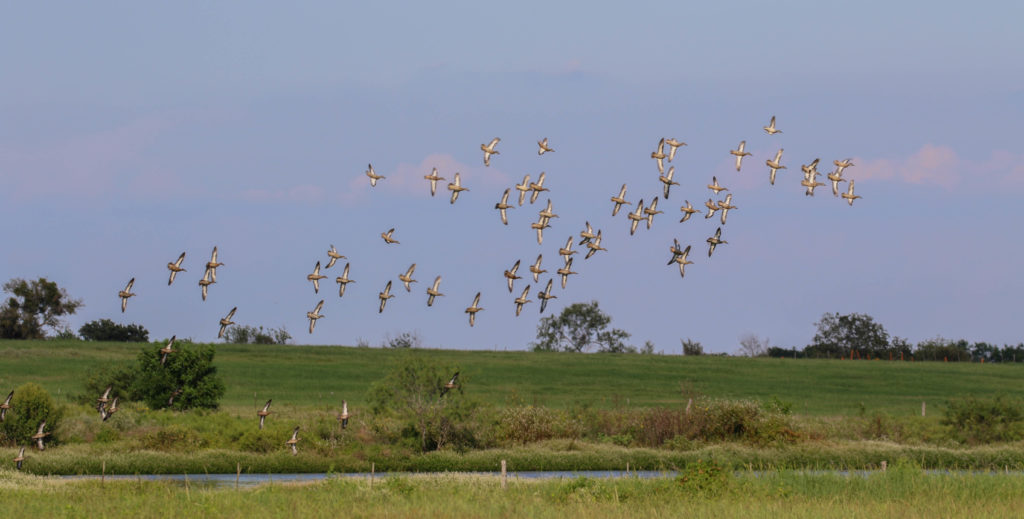
I’d like to believe I’ve learned a lot about teal hunting over the years, but mostly I’ve learned what not to do, and at the very best, learned how to put myself in a better position for success. Blue-wing teal hunting can be an exciting experience. It can be very rewarding to those who have waited patiently all summer for September. However, there are some things to consider when heading to the marsh in pursuit of the “blue rockets.”
- Scout and scout some more. Blue-winged teal are constantly on the move in search of their next meal. They can be here one day and gone the next. They seek out shallow backwater sloughs, flooded rice fields, and any other low areas in agricultural country that may hold sheet-water. Teal may be pushed out of the area with the slightest change in weather; if you find them, hunt them the next day if at all possible. Use an app like OnX Hunt or something similar to mark your honey-holes as teal are known to frequent the same hotspots year after year.
- Where legal, utilize a spinning wing decoy to attract more teal to your spread. The first 30 minutes of shooting light are likely to be the most active, so the flash of a spinning decoy can be all that’s needed to have teal dive-bombing your spread. Most of the time, you can get by with 1-2 dozen teal decoys or less. Because of the dull plumage during the early season, sometimes half a dozen hen mallard decoys can be just the ticket.
- Don’t be afraid to shoot a more open choke. Let’s face it, most of us haven’t swung a shotgun all summer. It can take a hunt or two to knock the rust off. Teal are very fast flyers so an improved cylinder or modified choke paired with a hard hitting shot shell in No. 5 or No. 6 pellets such as the new Hevi-Teal load from HEVI-Shot is best. Shooting a more open pattern will pay dividends when a group of teal bank hard around the corner and come by skimming just above the decoys. Even a rusty shotgunner can make short work of a limit of speedster blue-wings with that setup.
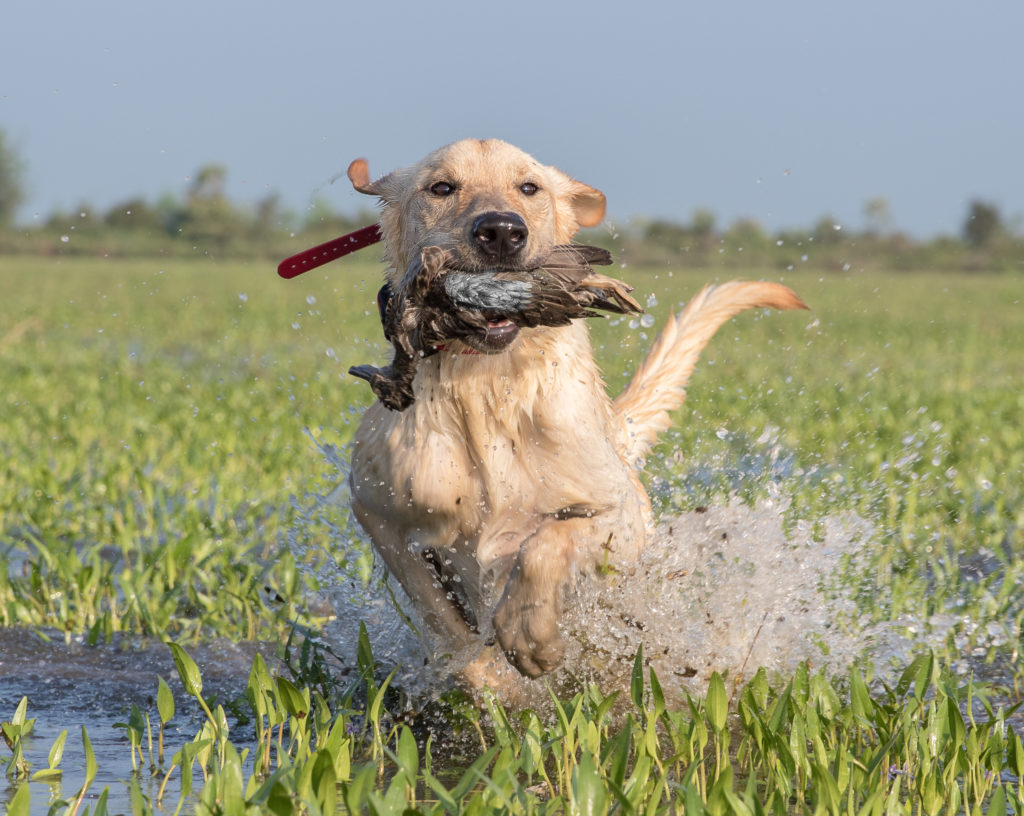
I’m not as eager to brave the mosquitos and warm temperatures as I was 15 years ago, and I can’t make it out to the marsh on little or no sleep anymore. For me, it’s more about teal season signifying another waterfowl season upon us. The bottom line is that the early teal season gets us back in the game. It’s a chance for man and gundog to watch the sunrise from a duck blind and hear those whistling wings that let us know fall is here once again. Every September I smile as I imagine a new duck hunter going teal hunting for the first time and I hope they experience those emotions that rushed over me all those years ago.
Last modified: July 19, 2022


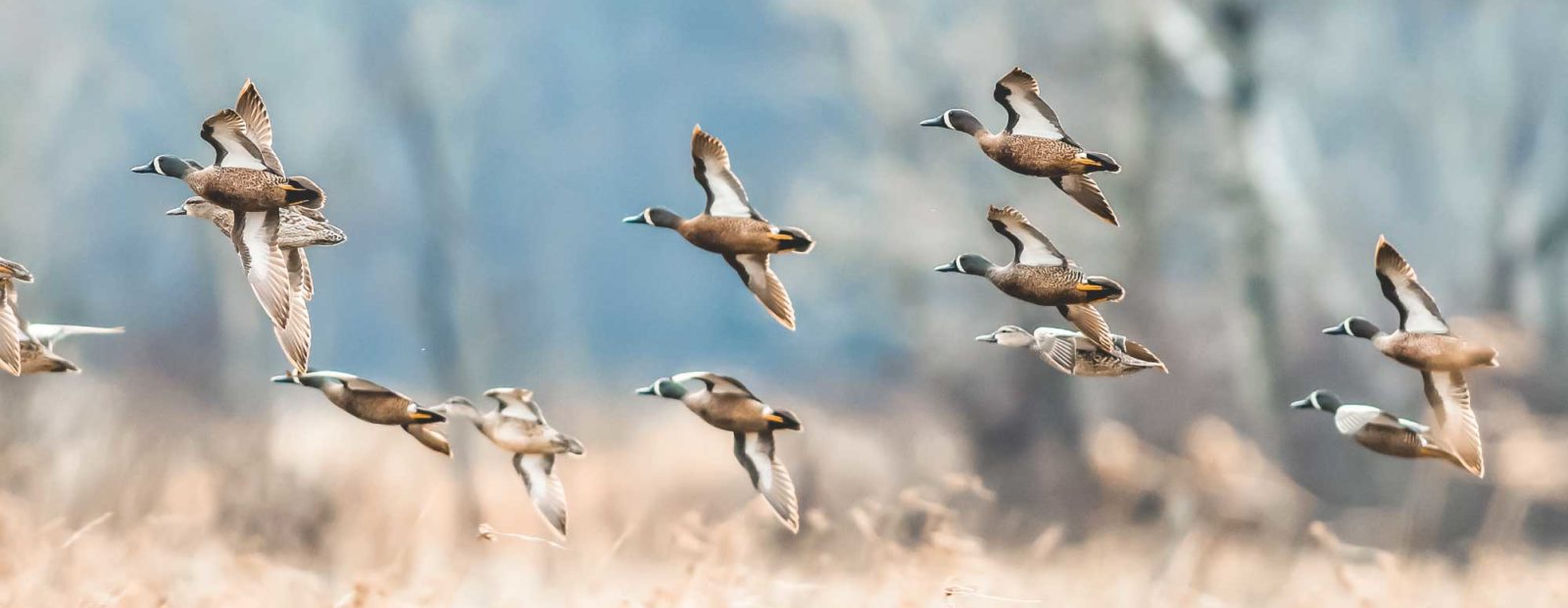


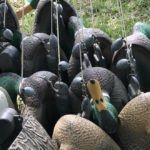


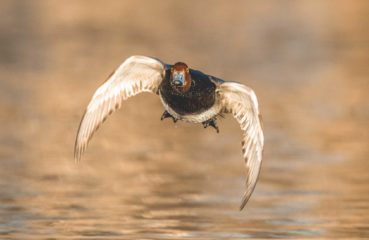





0 Responses to :
Teal Hunting 101